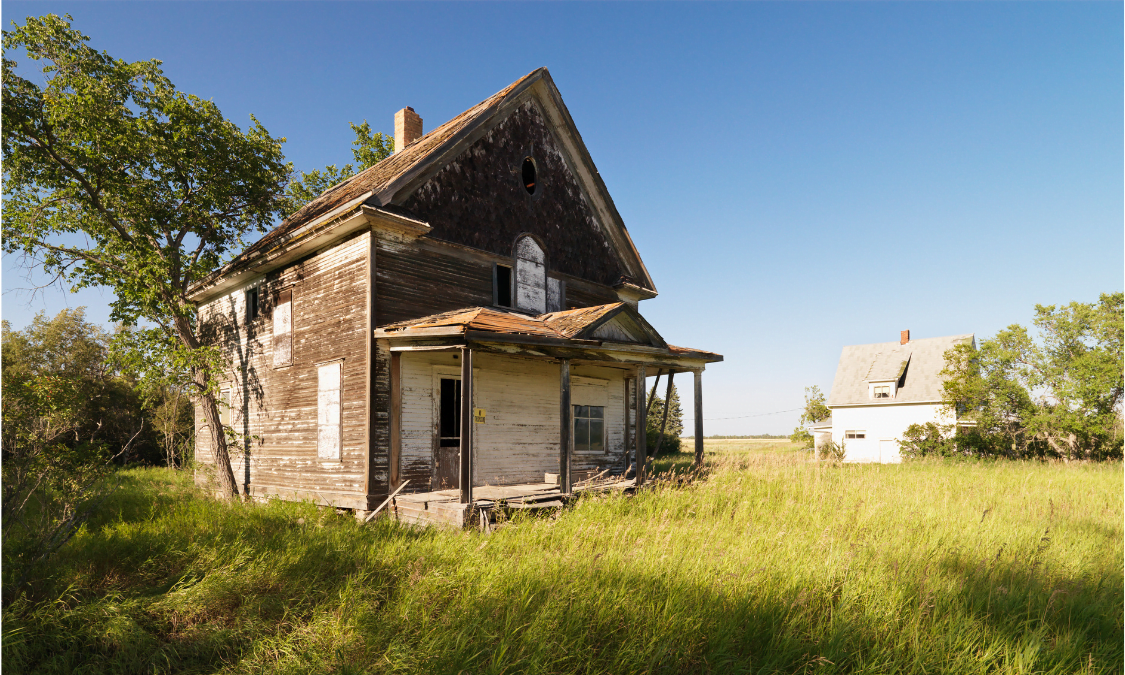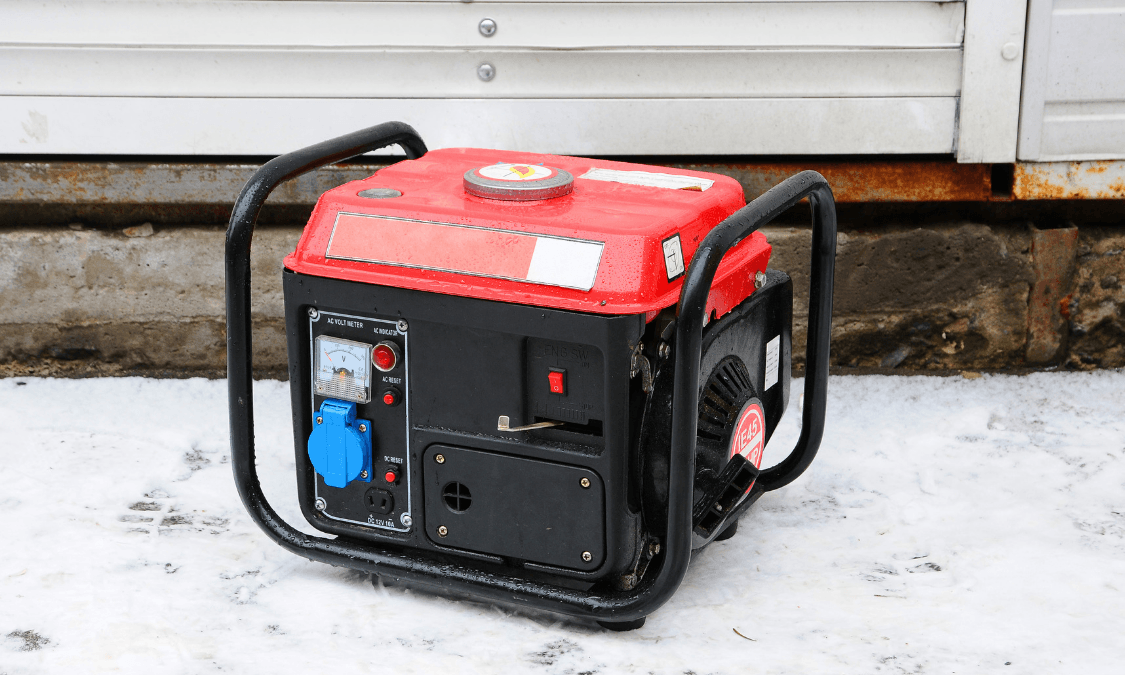In the Lakeland and Plant City areas, many homes have crossed the century mark. These beautiful old southern homes can be enticing, but restoring them can have hidden costs. Several factors should be considered before taking on a fixer-upper; do-it-yourself, or contracted home renovation.
Is it Right for You?
A lower-priced listing on a two-story Victorian home can be tempting. Restoring a fixer-upper and increasing its value is an excellent way to increase your net worth. But do you know what’s involved? Renovating a home takes time, effort, and capital. The size of a renovation will dictate how long it takes; a fixer-upper can take up to a year to finish. As the home is worked on, there will be hammers hammering, saws cutting, voices shouting, and footsteps on the roof.
If this sounds like too much of a disruption for your family, you should avoid taking on the project. However, if you can take the bang and clatter of renovation, it can be rewarding both personally and financially.
Searching for a Home to Renovate
Where to Buy
The saying “location, location, location” carries just as much weight now as it did a century ago. You want to find a fixer-upper to restore in an area where real estate prices are upswing, not the opposite. Factors like crime rates, school ratings, and undesirable things like liquor stores or strip clubs should all be considered before deciding.
Timeworn or Trashed?
The condition of the home you are going to purchase makes a difference in the success of its renovation. It is weathered and only needs a coat of paint and new shingles. Did termites ravage it? Did squatters use it as a drug den before it was put up for sale?
The difference between cosmetic repairs and replacing 70% of the structure can mean thousands of dollars more. Electric wiring should be considered the cost if the home is over 50 years old. Fuse boxes and old wiring can’t handle the load that today’s electronics and appliances put on them and will have to be replaced.
Floor Plans
Do you want a 19th or 20th-century floorplan in the 21st century? Do you like the charm of a room centered around a fireplace, or do you like wide-open areas where a high-definition TV is the center of attention? If the latter is the case, support walls in an older home may not be able to be knocked out for expansion. Air conditioning may not flow well in a house that was never intended to have it. Ensure the layout gives you enough square footage for your family to live comfortably. Lifestyle is a significant point to consider when deciding to live in a home that has existed since the Civil War.
The Cost of Renovation
Before restoring an old home, you should create a realistic budget. Make sure there are allocations for the cost of unforeseen issues. This will save you from going over budget. Here are a few of the things to consider in your budget:
- Replacing the roof.
- Patching and painting walls.
- Refinishing or replacing old flooring.
- Repairing foundations.
- Putting in tile or removing the carpet.
- Installing new plumbing or sewer lines.
- Replacing light fixtures and switches.
- Replacing doors.
- Fixing or replacing air conditioning.
- Painting the exterior of the home.
- Replacement windows.
- Repairing or replacing the bathroom.
Remember to shop for the best financing on your home or seek a Federal Housing Administration 203k loan which lets borrowers purchase a property and finance the renovation cost. Once you have received funding, don’t gold-plate your renovation project. Don’t add a new wing or an addition that will put you over budget and ruin the aesthetics of a home.
Saving a piece of history by renovating a home can be a rewarding experience; just be sure it is an experience you are prepared to have.
If you have any questions about Homeowners Insurance regarding older homes, contact us via email or at (863) 646-LOCK.



